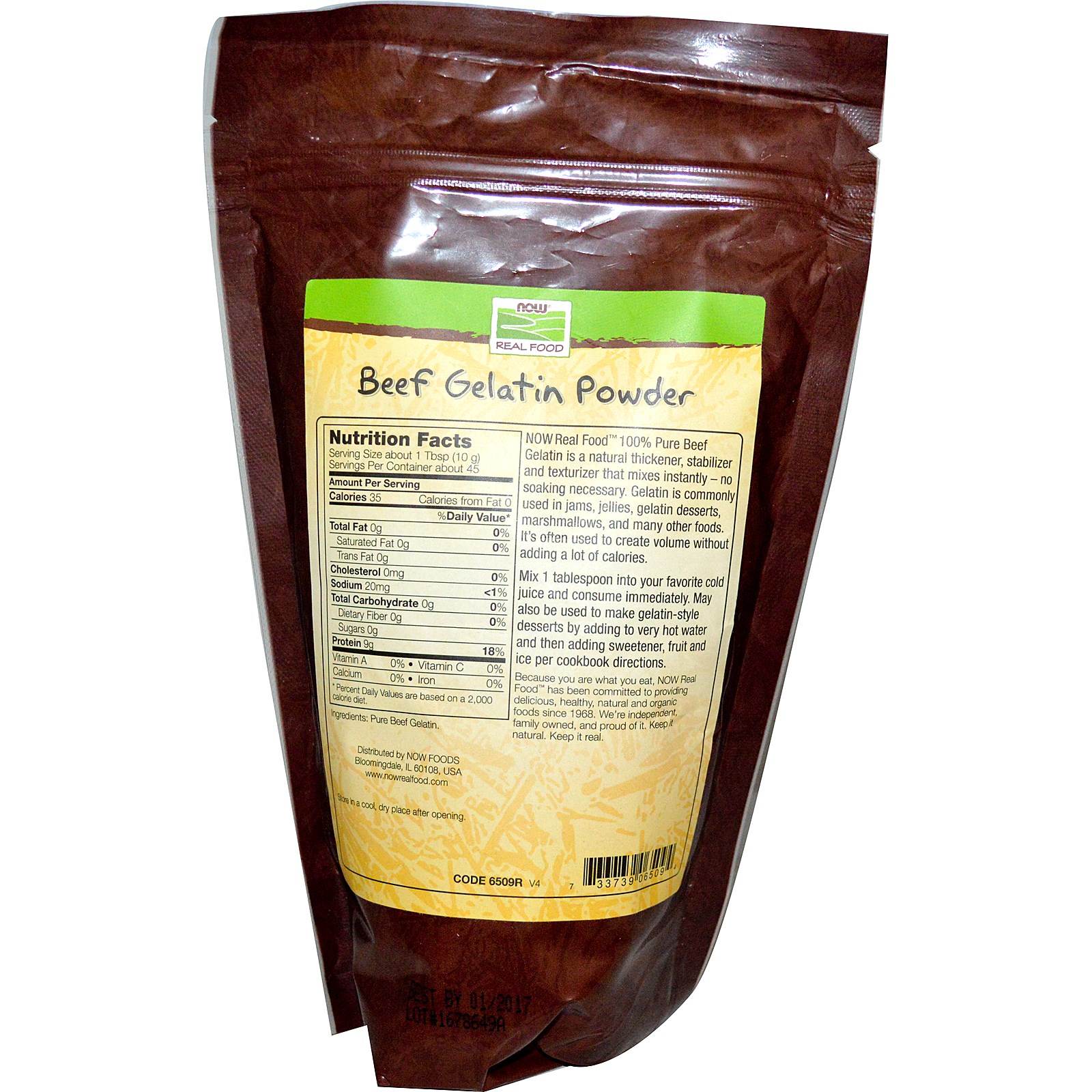

Calcified points within collagen matrices show contrast in a moving display of blood and muscle, enabling methods of cardiac imaging technology to arrive at ratios essentially stating blood in ( cardiac input) and blood out ( cardiac output). Gradual calcium deposition within collagen occurs as a natural function of aging. Individual cardiac valvular leaflets are folded into shape by specialized collagen under variable pressure. The mass, distribution, age and density of collagen all contribute to the compliance required to move blood back and forth. Collagen is layered in variable densities with smooth muscle mass. With support from collagen, atrial fibrillation never deteriorates to ventricular fibrillation. The collagenous structure that divides the upper chambers of the heart from the lower chambers is an impermeable membrane that excludes both blood and electrical impulses through typical physiological means. Collagen contribution to the measure of cardiac performance summarily represents a continuous torsional force opposed to the fluid mechanics of blood pressure emitted from the heart. The cardiac skeleton also includes the separating septa of the heart chambers – the interventricular septum and the atrioventricular septum. The collagenous cardiac skeleton which includes the four heart valve rings, is histologically, elastically and uniquely bound to cardiac muscle.


Collagen consists of amino acids bound together to form a triple helix of elongated fibril known as a collagen helix. As the main component of connective tissue, it is the most abundant protein in mammals, making up from 25% to 35% of the whole-body protein content. Tropocollagen molecule: three left-handed procollagens (red, green, blue) join to form a right-handed triple helical tropocollagen.Ĭollagen ( / ˈ k ɒ l ə dʒ ə n/) is the main structural protein in the extracellular matrix found in the body's various connective tissues.


 0 kommentar(er)
0 kommentar(er)
